It’s no fun when a council and a community unites to scupper your plans – just ask the Orange Order.
This week my mind moved away from Stonehaven, however, and on to the Highlands where a stooshie has long been simmering over motorhomes and the NC500.
It’s not that motorhomes aren’t welcome at all. It’s just that there are so many of them. And they park in the wrong place.
And their users sometimes behave badly, leaving more than footprints behind.
At a meeting of Highland Council last week, Lochaber councillor Kate Willis said an estimated 200,000 motorhomes visit the Highlands every year.
Many do not stay on campsites and that’s partly because the region does not have the facilities to deal with the huge influx.
Councillor Willis was asking the council to write to the Scottish Government to rethink its tourist tax.
NC500 motorhome owners may have to pay
The motion was carried with councillors backing calls to force motorhome owners to shell out a little extra for visiting the north.
Earlier in the year a levy was approved by MSPs but it will not affect motorhome drivers unless they park at designated camping sites.
Councillor Willis argued that many motorhome drivers already park in lay-bys or go wild camping and this latest tax decision would only encourage more to do so.
While the NC500 has brought tourism benefits around the scenic loop, there are undeniable downsides, the burden on infrastructure being just one of them.
It’s a balancing act, and while initiatives such as the motorhome passport scheme could raise £500,000 a year for the council, the aim is not to scare off visitors.
As Inverness councillor Duncan Macpherson put it: “We need to be very careful we don’t kill the goose that lays golden eggs every year in our communities.”
While I’m not entirely happy at being likened to gilded poultry should I decide to trundle a four-berther up to Caithness, I do see his point.
There must be an answer to the NC500 motorhomes issue
But what is the answer in the motorhomes/NC500 conundrum?
Having more campsites might be one solution, but even then many visitors will still crave the freedom wild camping brings.
After all, it’s those off-the-beaten track experiences that make memories to last a lifetime.
I remember having a cream tea next to cows mooing on Snowdonia when I was a kid and brushing my teeth the next morning in a stream.
I don’t recall us ever staying on a campsite during one of our many caravette adventures although we did stay at race courses which allowed campers to park overnight as an added source of revenue.
Is there much mileage in exploring similar ideas? If not at race courses, then at golf courses, Highland estates, ski centres or any council-owned sites?
Anywhere that is primarily used during daytime, with motorhomes moving on early before the business of the day begins.
I do like Highland Council’s motorhome passport scheme. It’s fun and creative, if ever so slightly flawed.
It relies on tourists voluntarily paying £40 for a bumper sticker and would raise £500,000 a year, should more than 12,000 people sign up.
Going on holiday is like being invited to a wedding. It’s a lovely idea but the cost soon mounts up.
There’s transport and accommodation plus new clothes, accessories, food, drink, and a gift to pay for.
Motorhomes can be expensive
I’m not sure if people would want to fork out £40 for a bumper sticker once they’ve paid £1,000 to £2,000 for the privilege of going on holiday in a van.
If the council made it a fridge magnet, which has more longevity than a bumper sticker, they might be on to something.
Or a keyring? It’s useful and on-theme as well. You’re welcome.
Critics of the bumper sticker plan have called the estimated figures “the height of optimism”.
Optimism isn’t a bad thing. It’s what gets an idea off the ground in the first place.
After all, it took a large dose of optimism to identify and brand a scenic loop around the north of Scotland as the North Coast 500 akin to Route 66 or the Pacific Coast Highway.
Let’s remain optimistic that eventually the interested parties will smooth out all the bumps in the road.
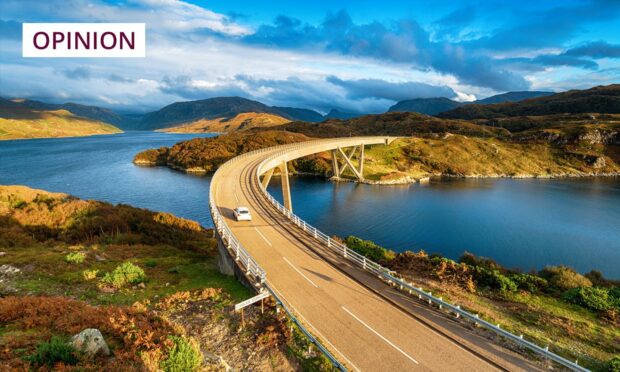
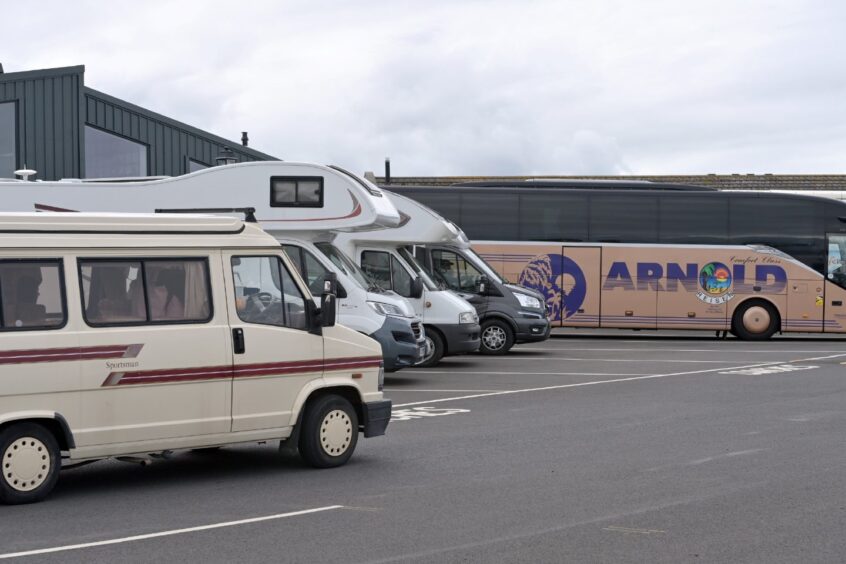
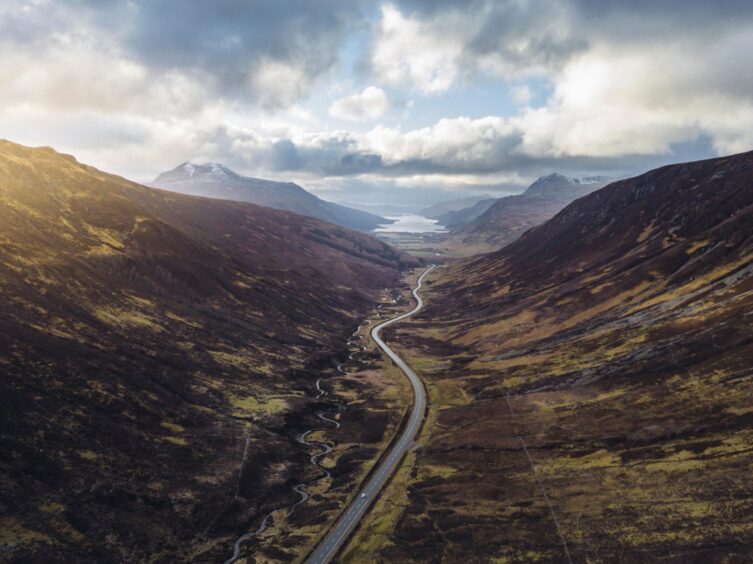
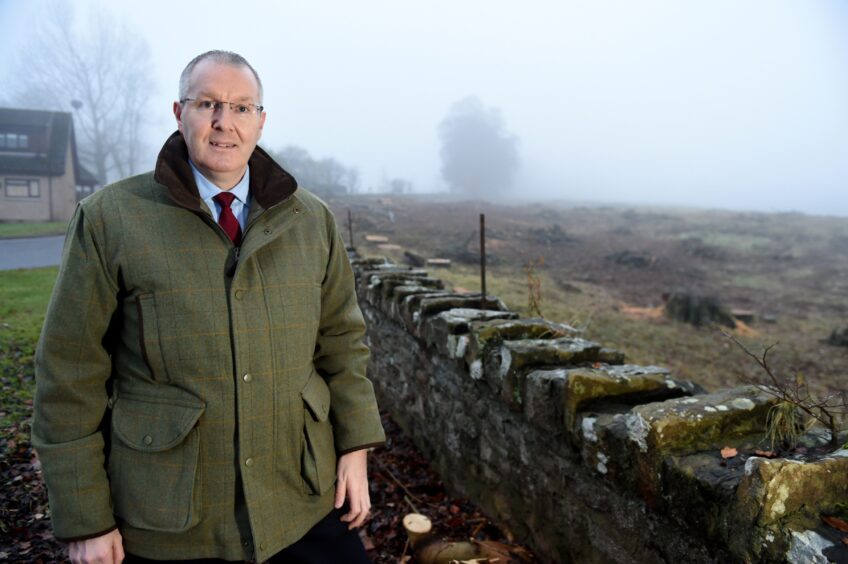
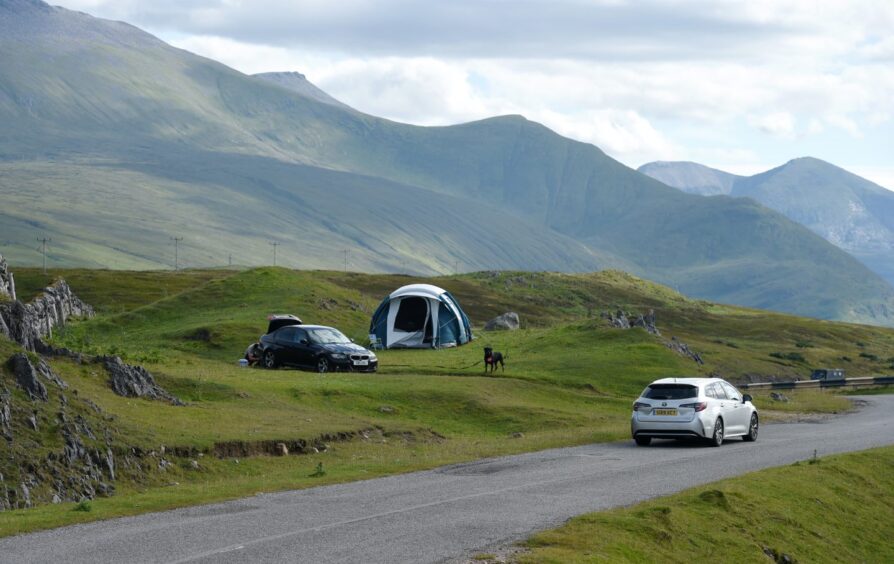



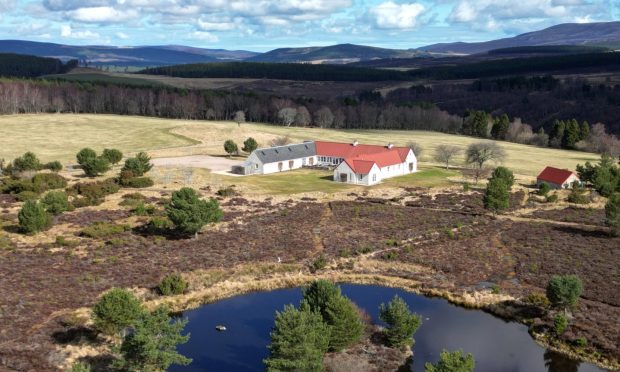
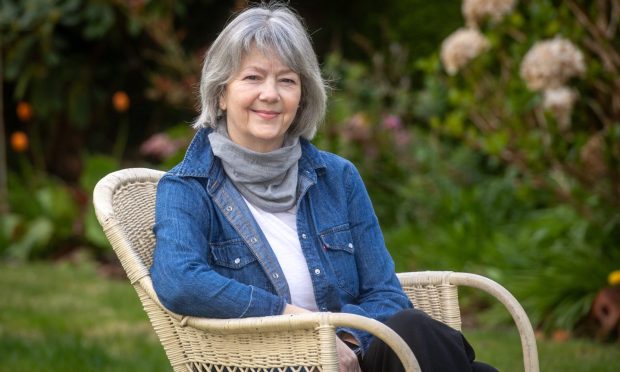
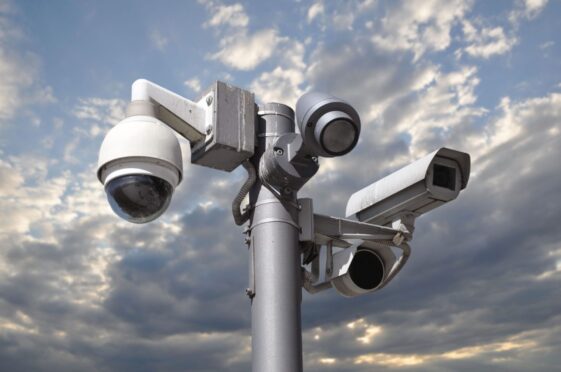
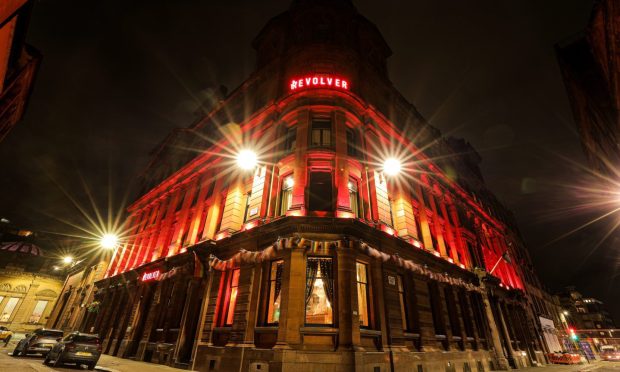

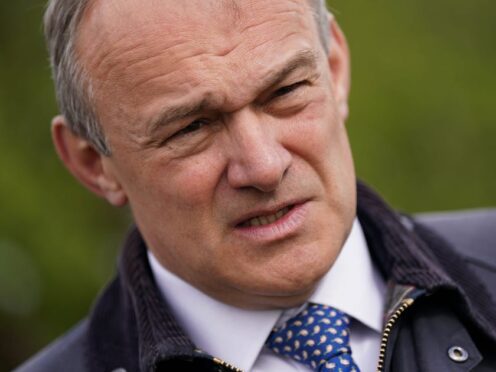

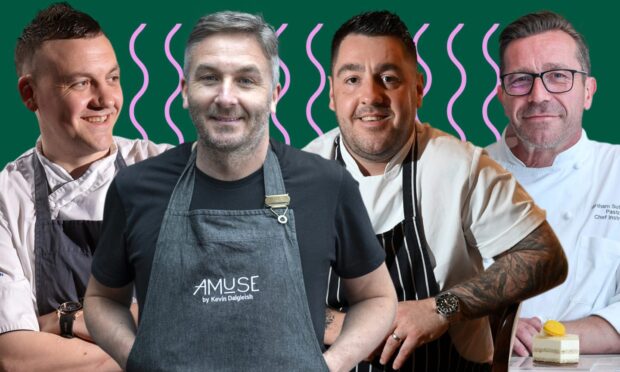
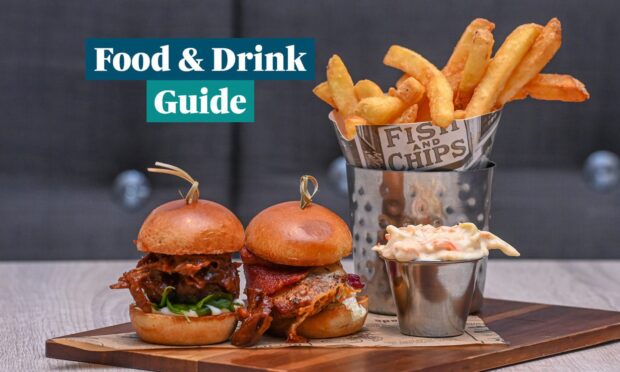
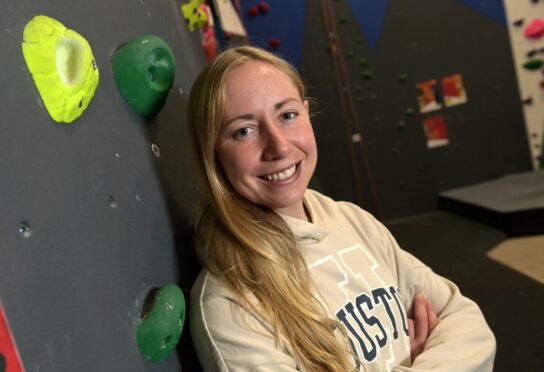
Conversation